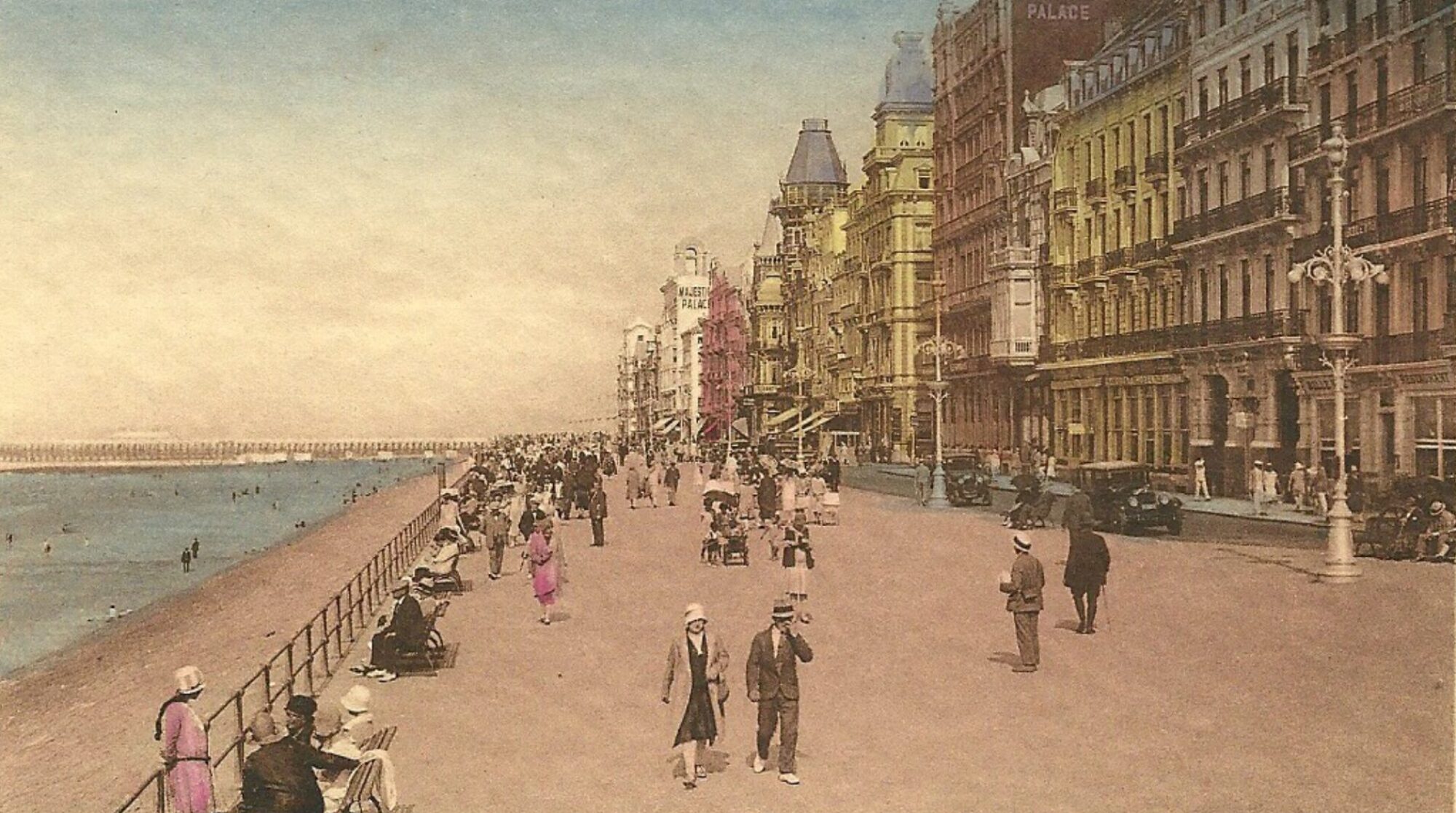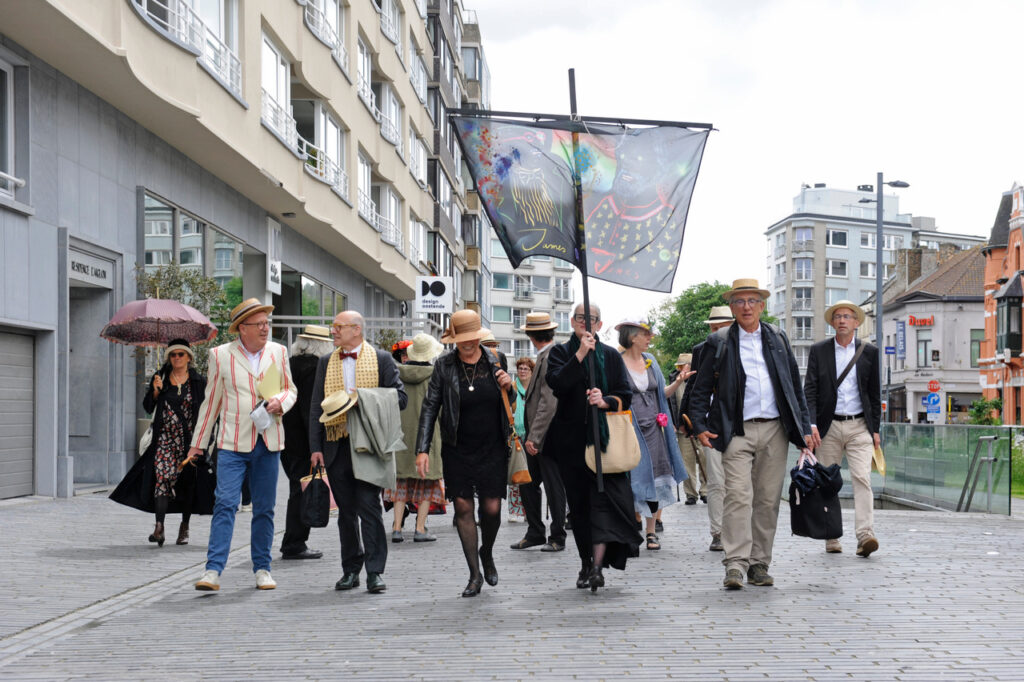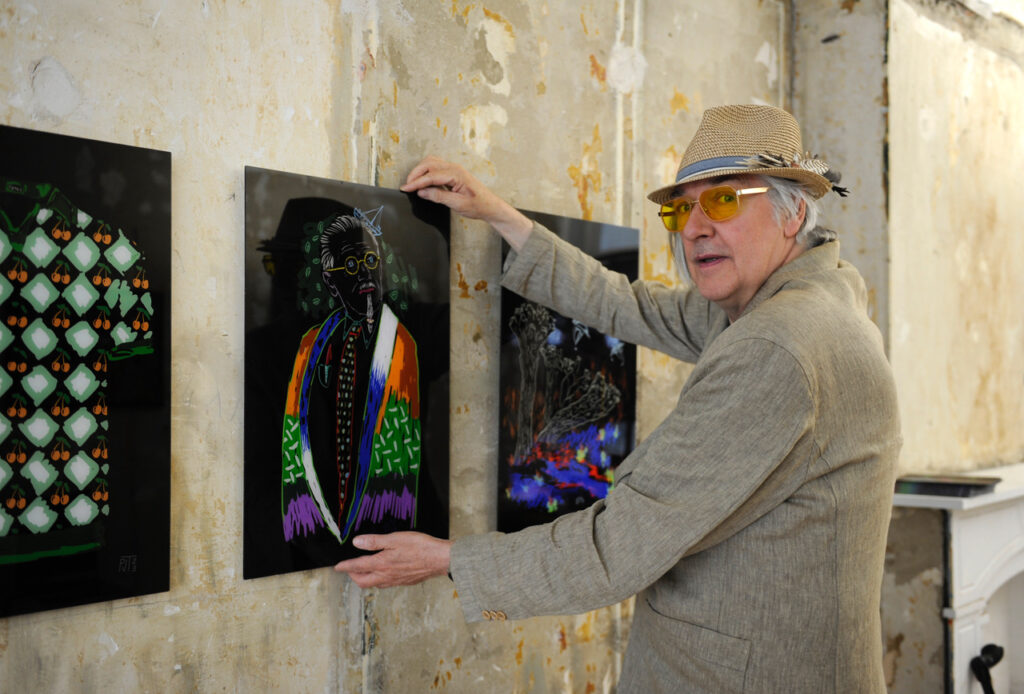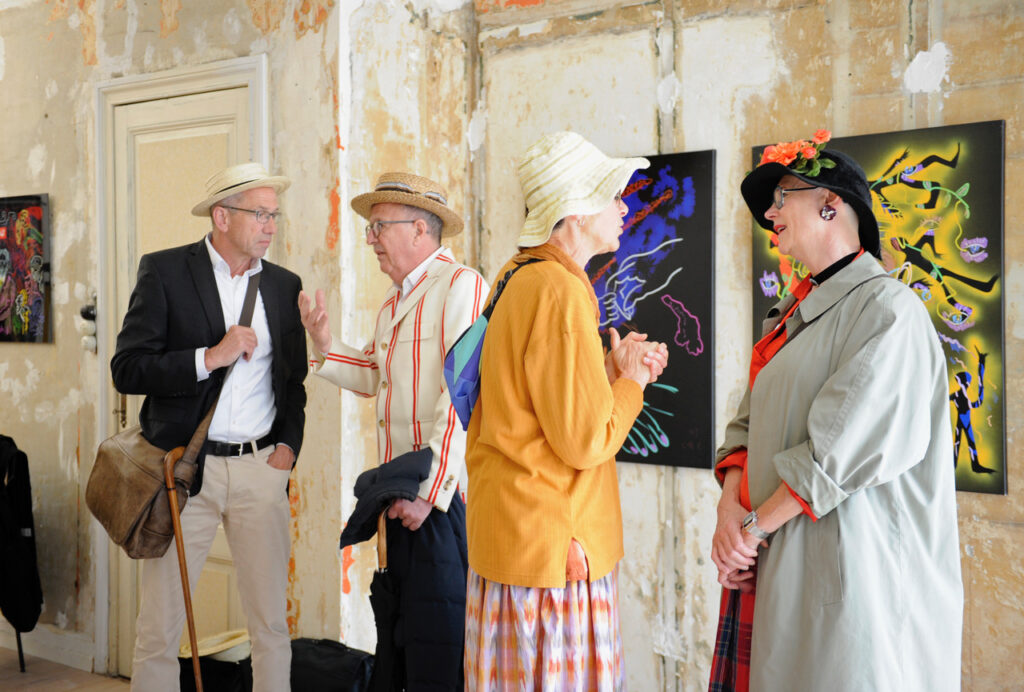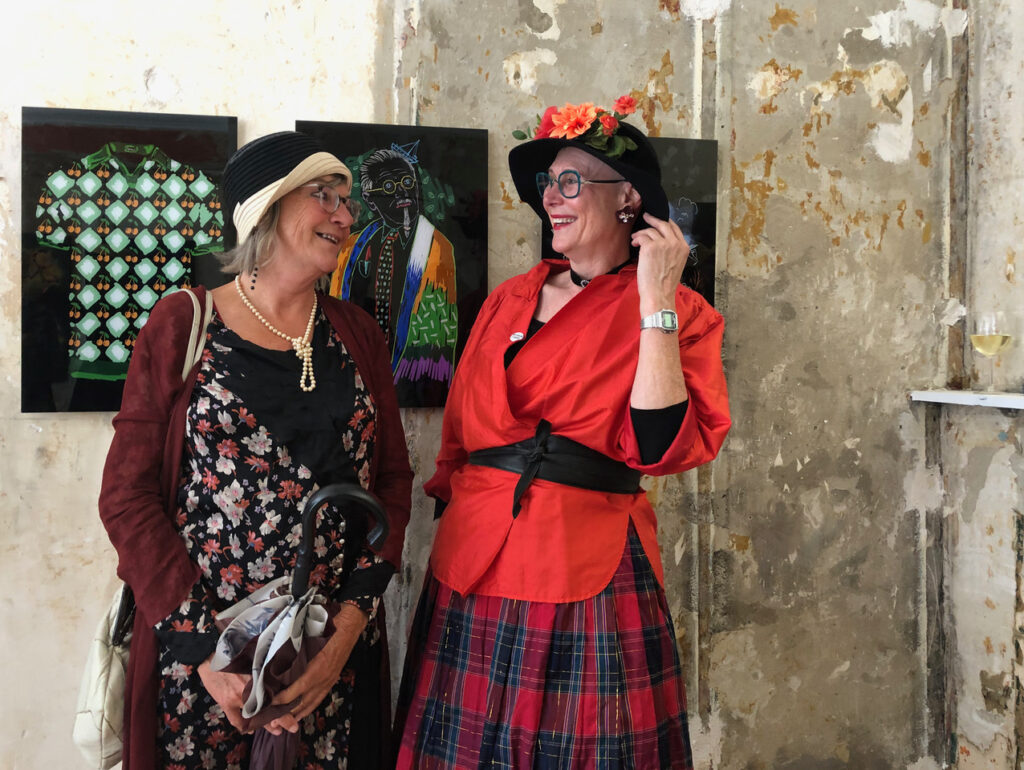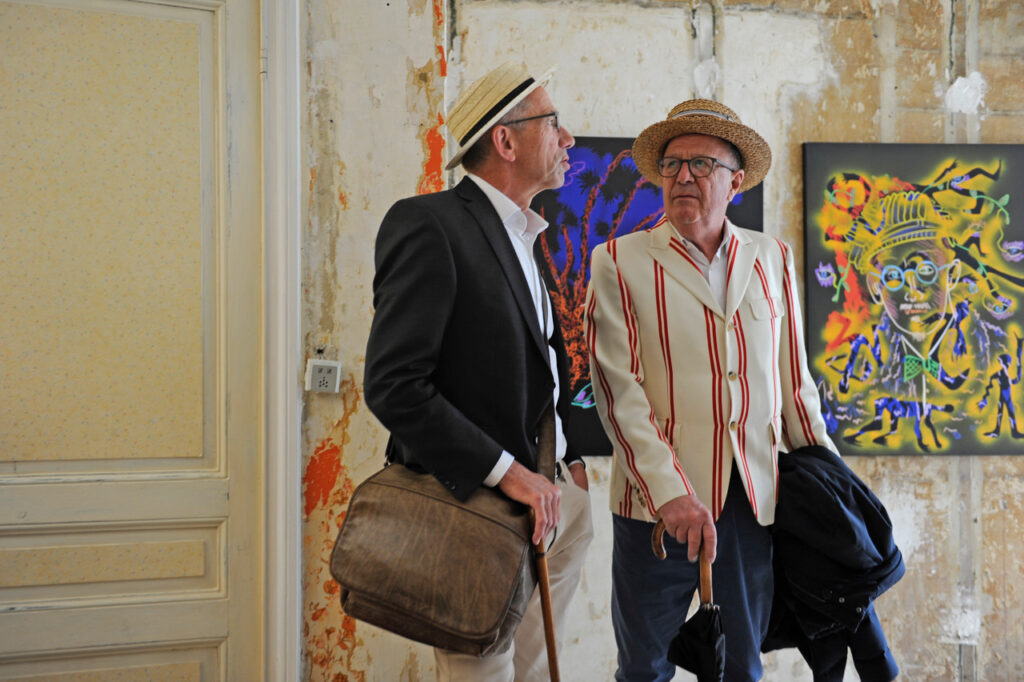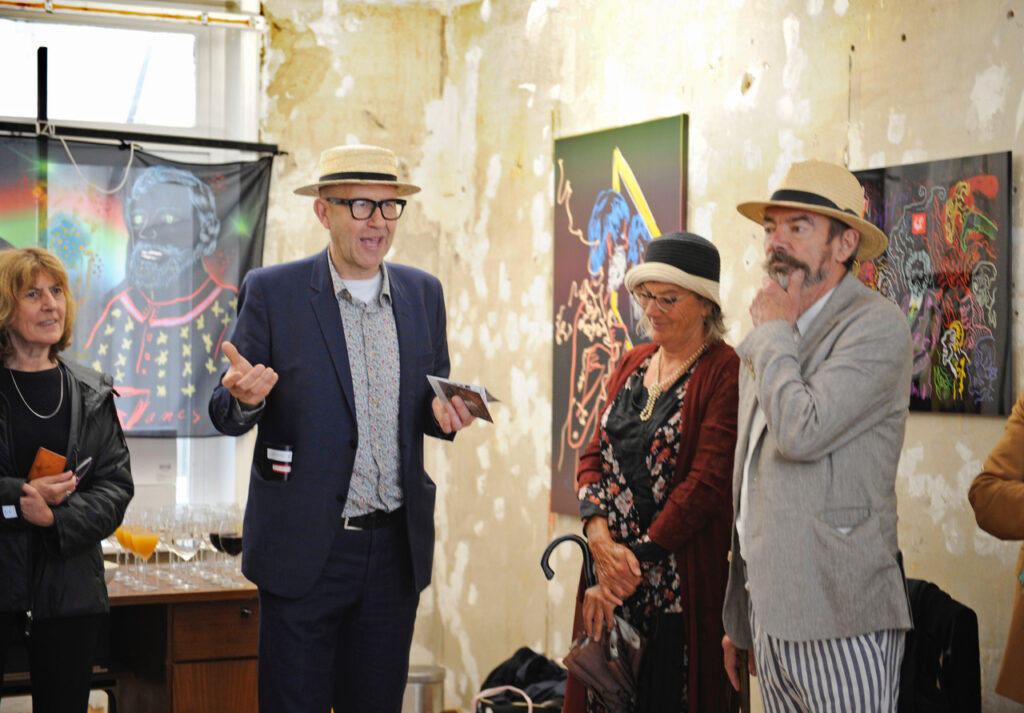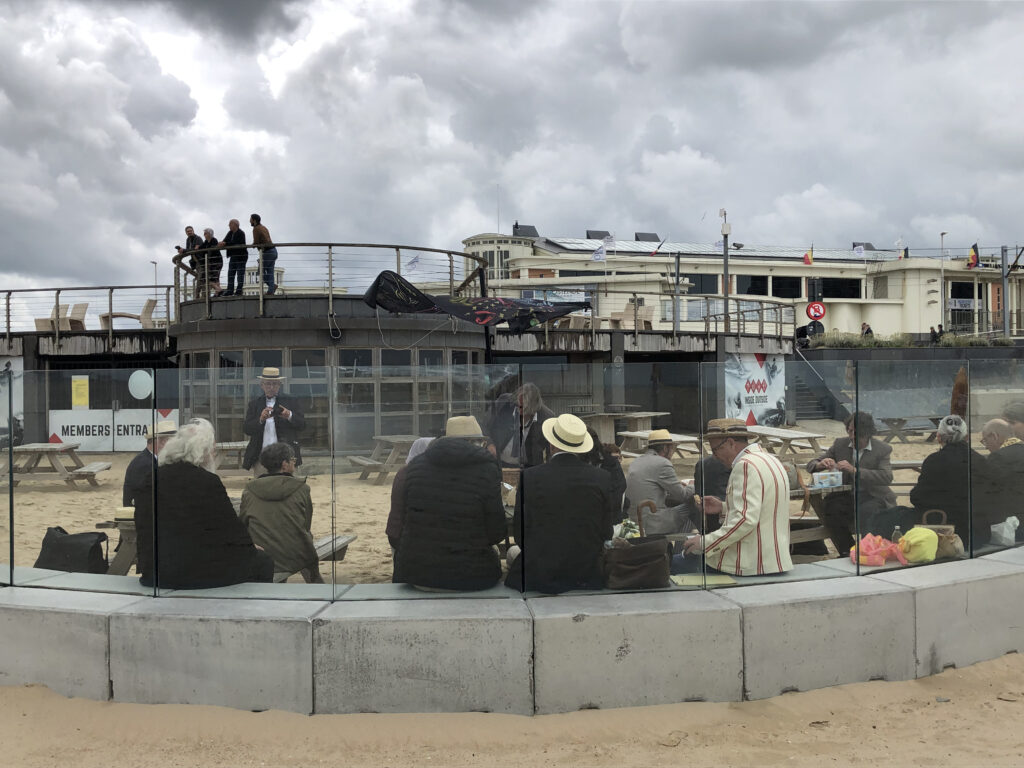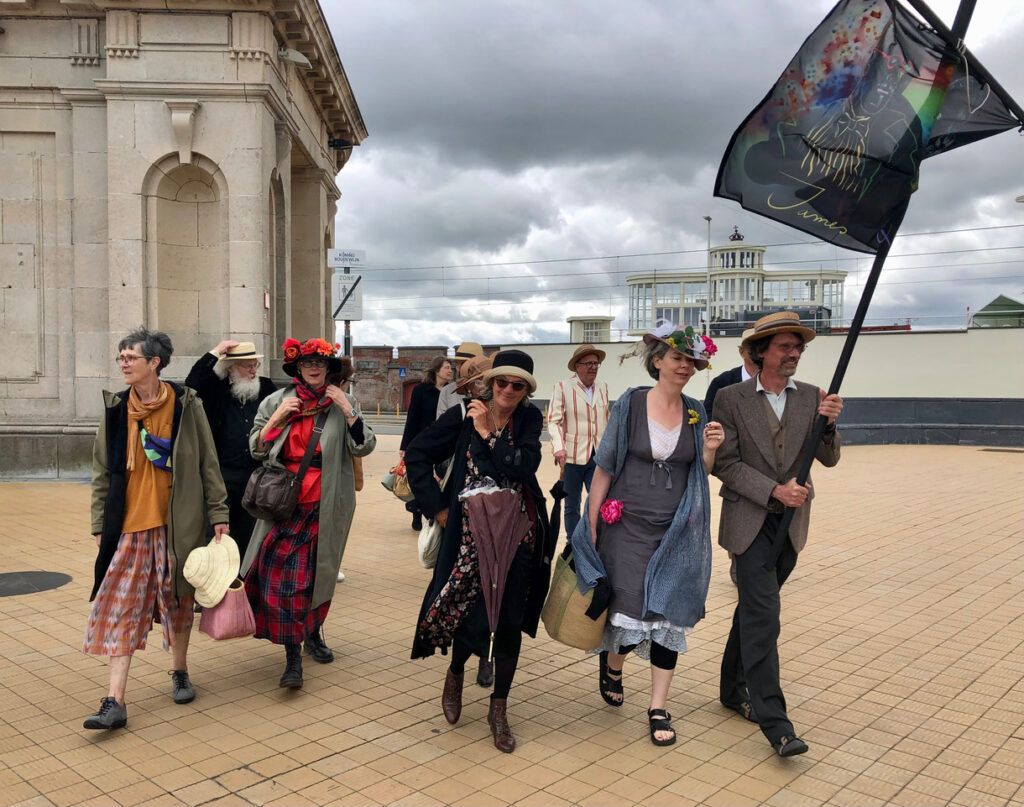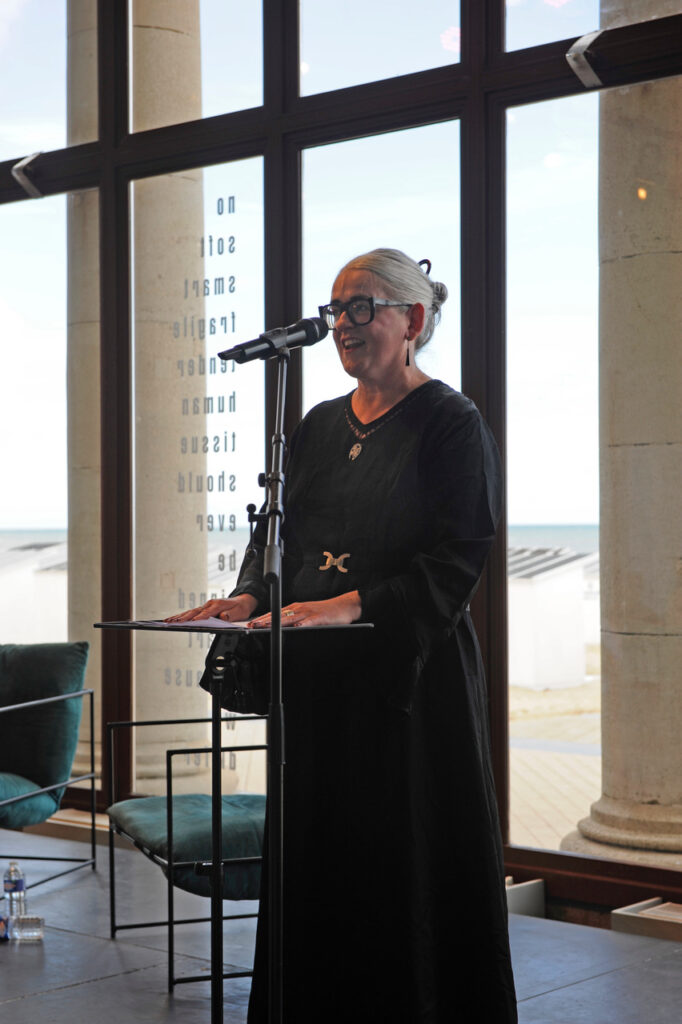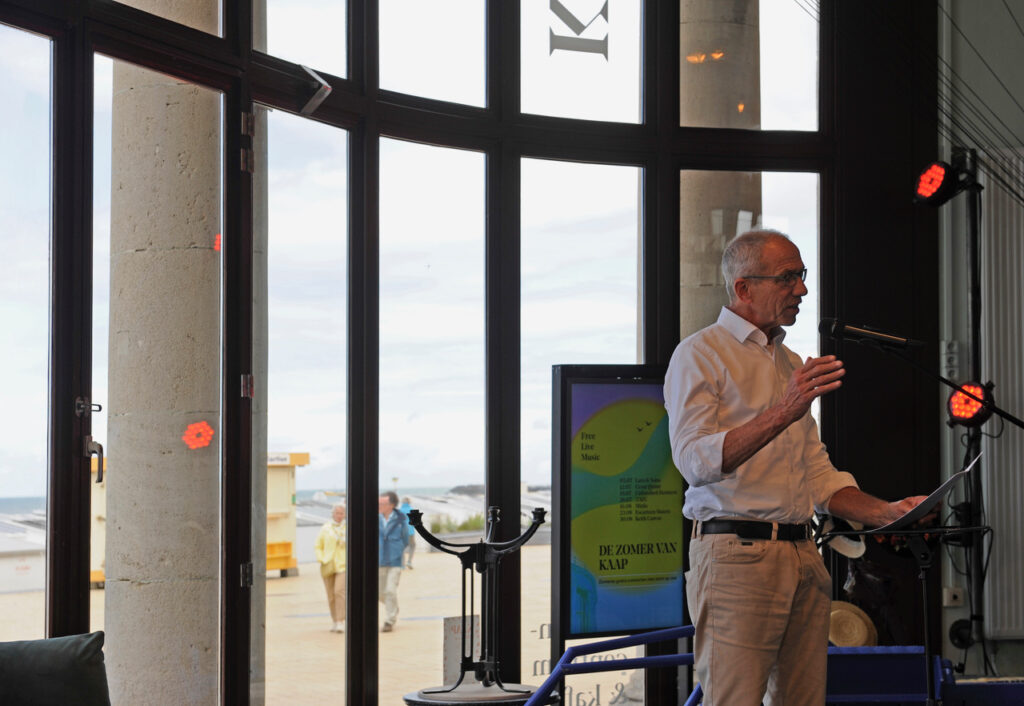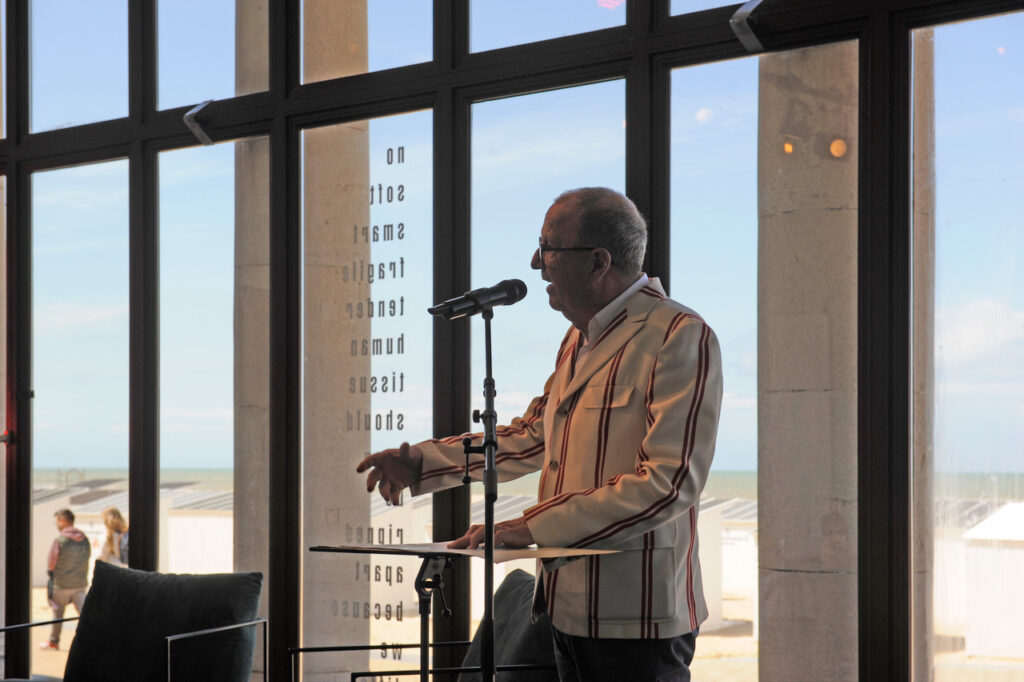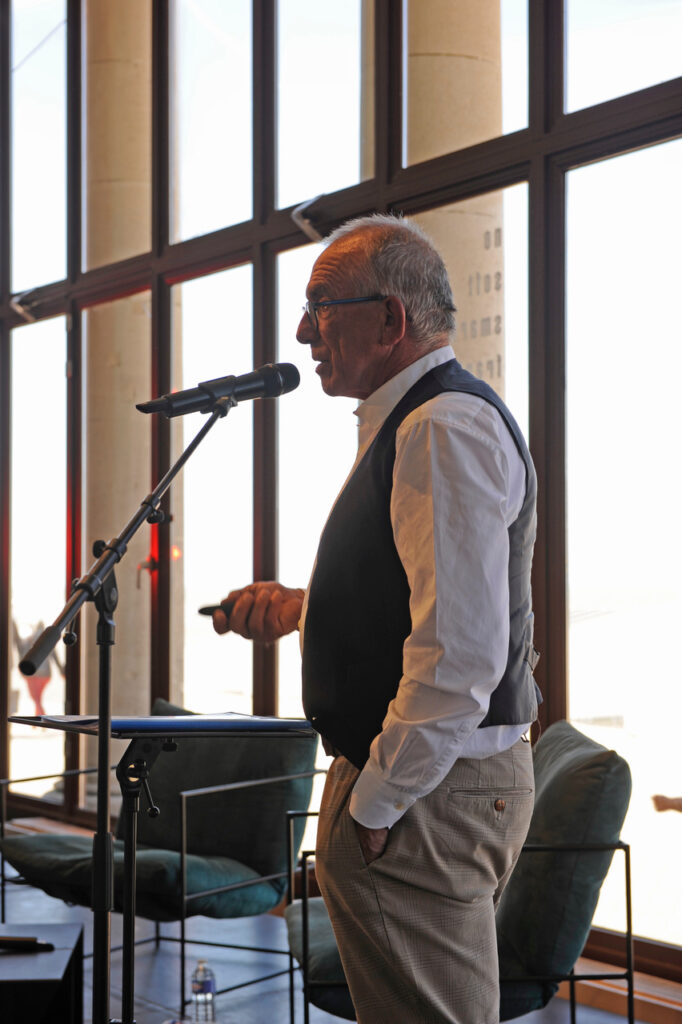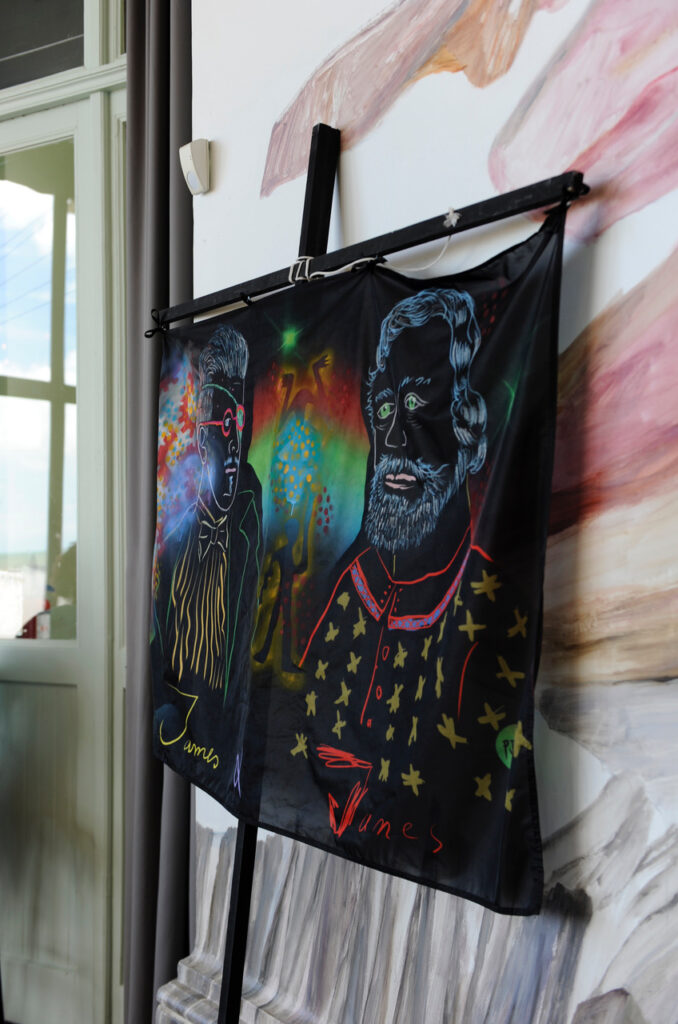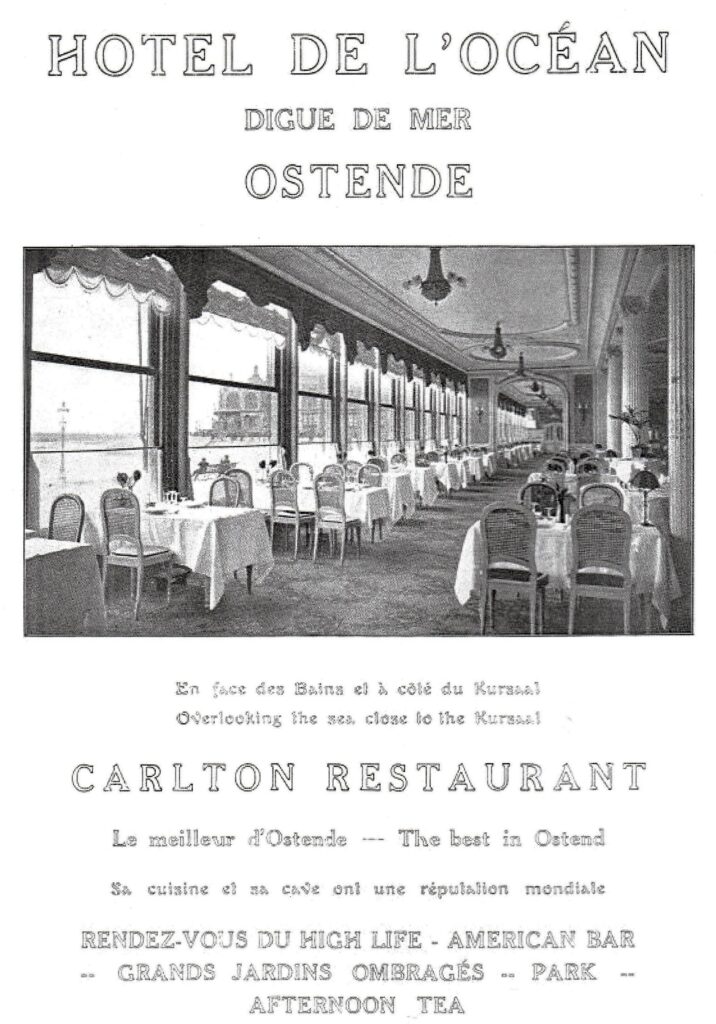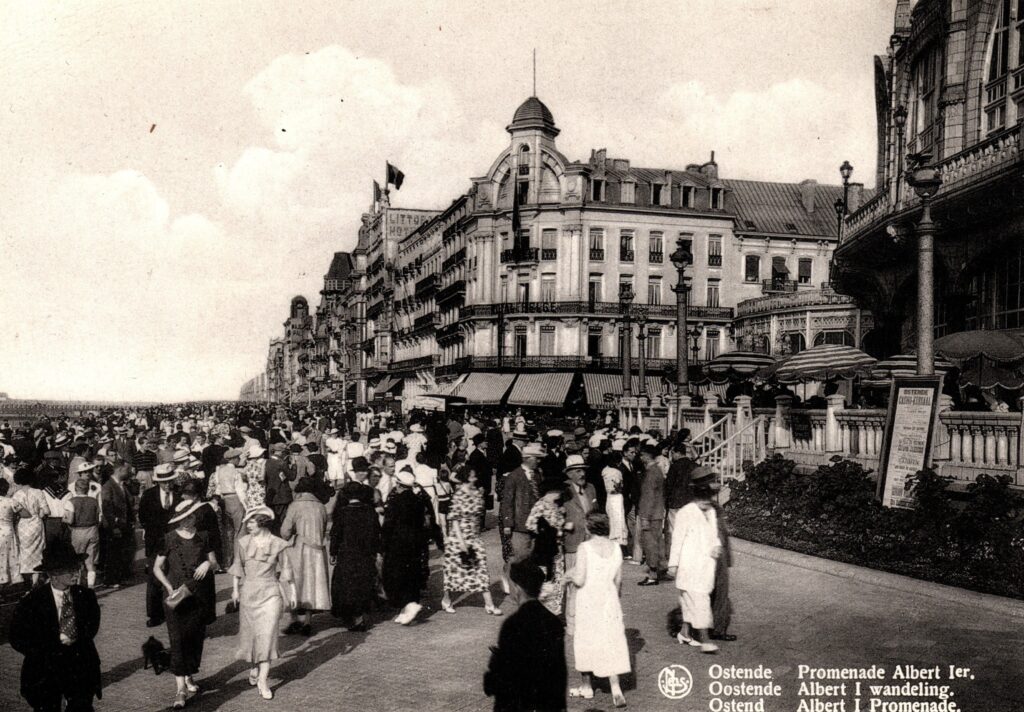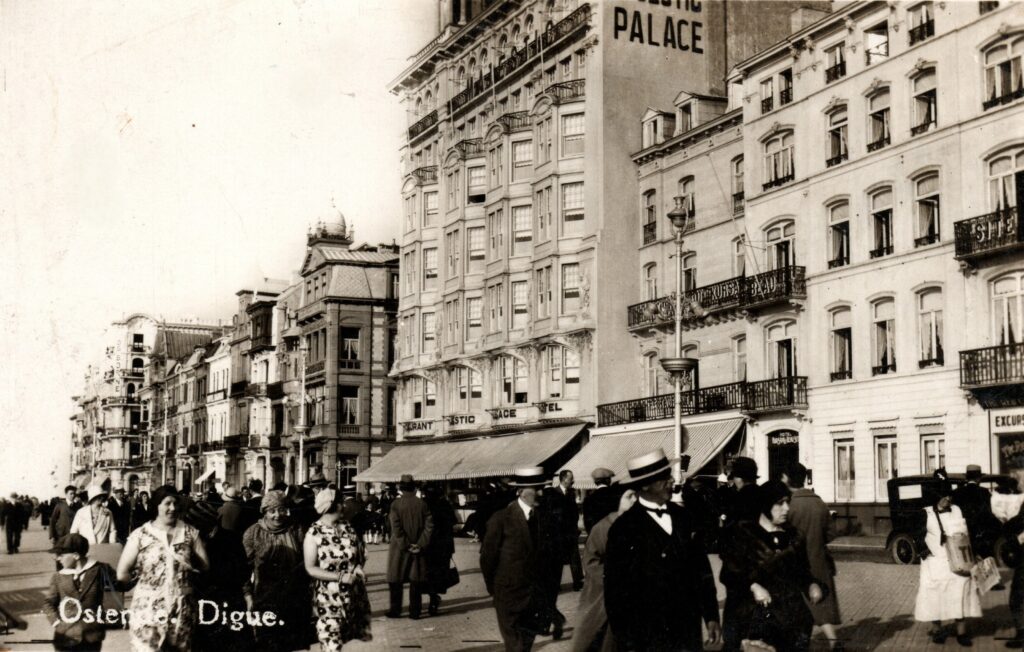Bloomsday in Oostende 2024 was a huge success! Thank you to all our speakers, supporters and attendees. Scroll through the photos for a flavour of the day. Pictures by Jef Van Eynde and Dirk Beirens. See you next year!
Joyce and the Sirens
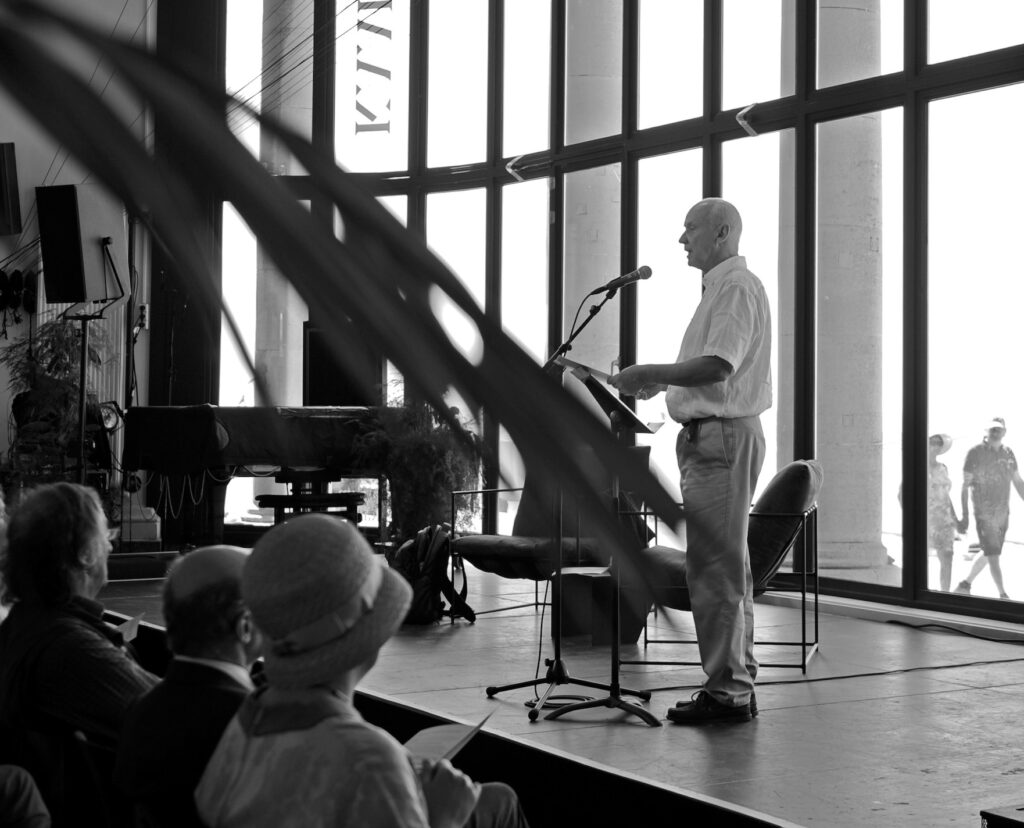
We’re thrilled to welcome esteemed Joyce scholar Geert Lernout back to the stage for Bloomsday in Oostende 2024 on Sunday 16 June. Anyone who joined us last year will remember his wonderful talk entitled ‘James Joyce and the Sea’. Thanks to photographer Jef Van Eynde @vaneyndejef we have this wonderful souvenir. We can’t wait to hear his contribution to this year’s proceedings. Not only is he Professor Emeritus of English and Comparative Literature at the University of Antwerp, the former president of the International James Joyce Foundation and founder of the James Joyce Centre in Antwerp, but he is also an honorary Portier van de Oceaan. NB. the event in KAAP is now fully booked. Bloomsday in Oostende is supported by the Irish Embassy in Belgium, Stad Oostende, KAAP, Exil vzw and Oostende Leest.
The interwar years in Oostende – Kurt Van Eeghem

What was Oostende like in the interwar years? What did James Joyce see and do in the ‘Queen of Seaside resorts’ during the summer of 1926? Music and entertainment abounded. Kurt Van Eeghem takes a deep dive into the summer of 1926 for Bloomsday in Oostende 2024 on Sunday 16 June. We’re delighted to welcome the author of Oostende in de belle époque to our annual celebration of Joyce, Leopold Bloom, Ulysses and the city by the sea. EVENT IS NOW FULLY BOOKED. ‘Bloomsday in Oostende’ is supported by the Irish Embassy in Brussels, the City how Oostende, Oostende Leest, KAAP and Exit vzw.
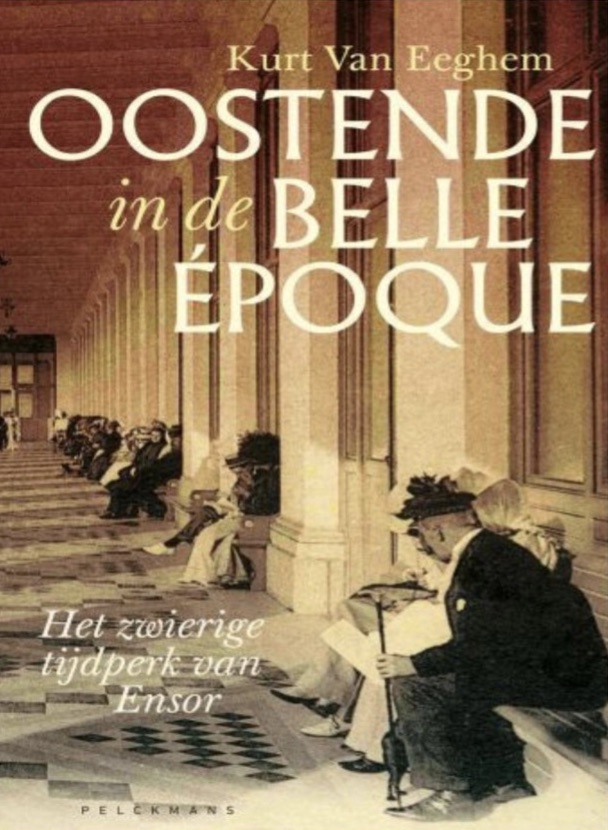
A look back to Oostende in 1926
Bloomsday in Oostende 2024
For Bloomsday in Oostende 2024 the renowned city guide Dirk Beirens will shine a spotlight on what the city looked like in 1926, when James Joyce, Nora, Giorgio and Lucia spent their summer holiday on the Belgian coast. How much of the old city can you recognise today? He’ll be bringing the era to life in words and images. Here’s a sneak preview!
Scroll through the photos and take a look at the seafront dining room of Hotel de L’Océan, where the Joyce family stayed.
Bloomsday in Oostende is supported by Stad Oostende, The Irish Embassy in Belgium, KAAP, Exil vzw and Oostende Leest.
NB. THE EVENT IS NOW FULLY BOOKED.
Bloomsday in Oostende 2024: sneak preview

We have some beautiful surprises in store for this year’s Bloomsday in Oostende. Literally. Philippe Braem @philippebraem is launching his new gallery in Oostende with work by Philippe Tonnard @philippetonnard. The theme? James Joyce (who holidayed here in 1926). The artist is also making a unique souvenir for the event. The Bloomsday celebrations commence at 11:00, at the gallery on Torhoutsesteenweg, followed by lunch on the beach and a full programme of talks in KAAP, starting at 14:00.
Free admission, but reservation essential (seats are limited). Book via @kunstencentrumkaapto save your spot. See you on Sunday 16 June! Photo: artist Philippe Tonnard with his work on Ensor. Bloomsday in Oostende 2024 is supported by Stad Oostende @oostendedestadaanzee The Embassy of Ireland in Belgium, Oostende Leest, Exil vzw and KAAP.
BLOOMSDAY IN OOSTENDE 2024
BLOOMSDAY IN OSTEND 2024
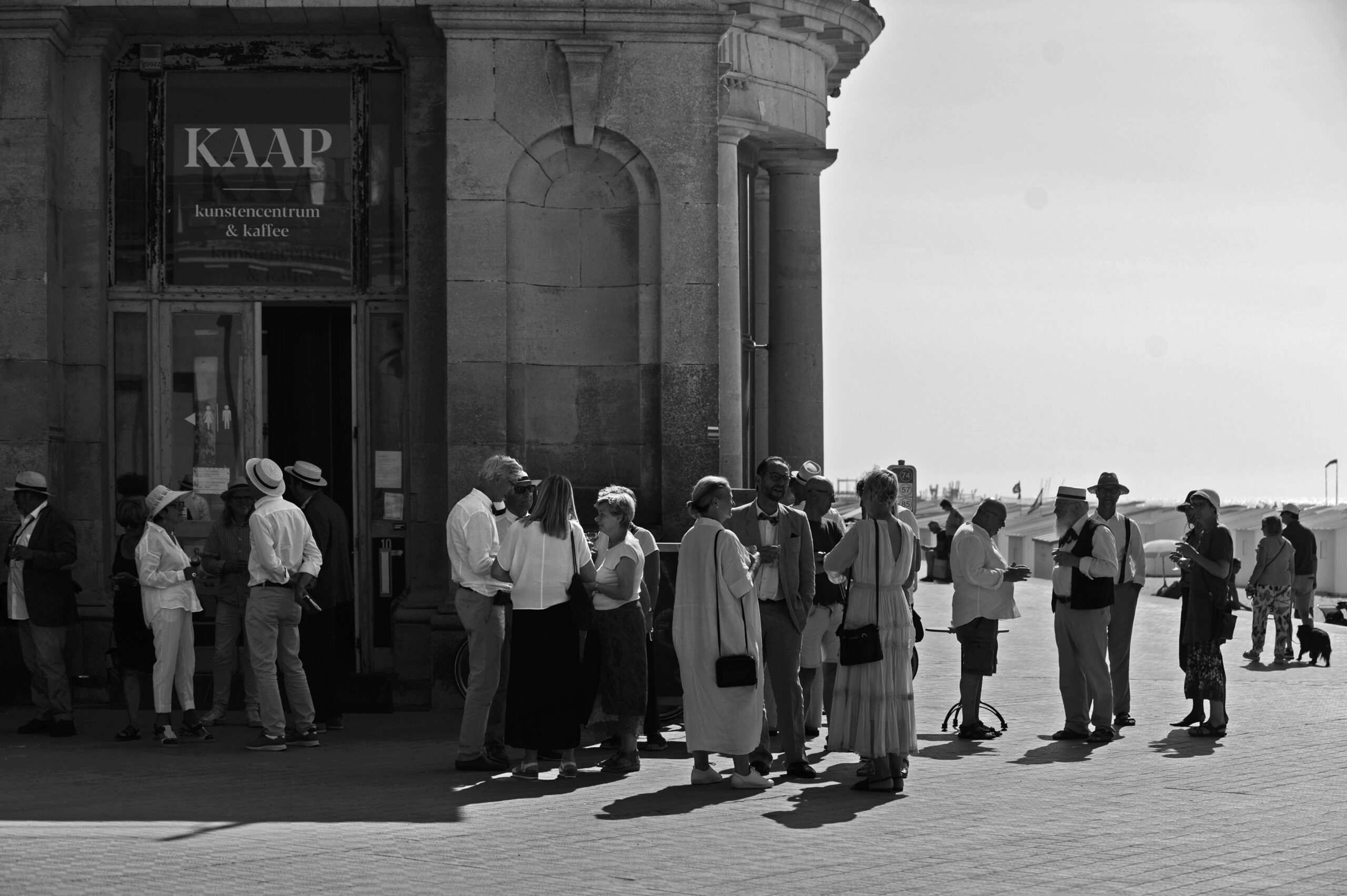
Bloomsday in Ostend 2024: The Joyce Family Holiday in Ostend
Bloomsday – the festival in honour of writer James Joyce, his novel Ulysses and its protagonist Leopold Bloom – is celebrated worldwide on 16 June. And also in Ostend, because Joyce and his family enjoyed a long holiday in the city during the heat wave of 1926. The third edition of Bloomsday in Ostend is yet another unique opportunity to immerse yourself in Joycean plaisanterie. On the programme:
11:00 Opening of James & James in the new gallery [bu’ro], Torhoutsesteenweg 49, Ostend. Artist Philippe Tonnard (lives and works in Ghent) pays a unique homage to James Joyce in this new exhibition.
12:00 Walk towards the Promenade
We’ll have lunch on the beach. Bring your own sandwiches and drinks!
14:00 Bloomsday in KAAP, with:
Joyce and the Sirens by Geert Lernout. Otherwise known as THE Joyce expert. Founder of the James Joyce centre at the University of Antwerp. Author of numerous texts on Joyce in Dutch and English.
Music in the 1920s by Kurt Van Eeghem, a well-known figure from radio and TV. Author of the recently published book Oostende in de Belle Epoque, he’ll be taking a deep dive into the interwar period.
The Joyce family snapshots by Dirk Beirens. The renowned city guide shows how much Ostend has changed over the last century.
NB: all lectures are in Dutch
Open Mic. Over to you! Step onto the stage, or stand up from your seat, and read your favourite lines by Joyce. In English, Dutch, French, German or any language you love!
And last but not least: enjoy a drink and a chat.
Dress code: ‘James and Nora Joyce, Ostend 1926’ (not obligatory). For James, that’s a straw boater, blazer, white shirt and walking stick. For the Noras, as quirky as you like!
Free admission, advance registration essential via KAAP
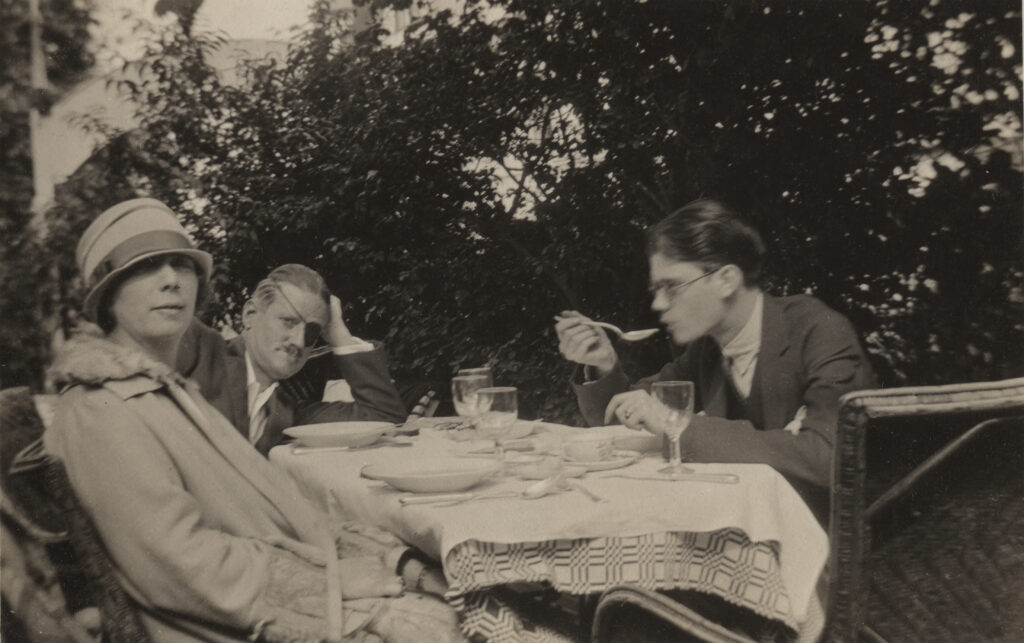
Follow us on Instagram
A collaboration between the Portiers van de Oceaan, KAAP, Oostende Leest and the non-profit organisation Exil.
With generous support from the City of Ostend and the Irish Embassy.
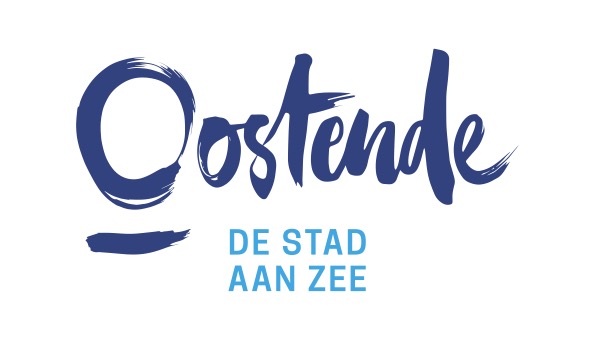



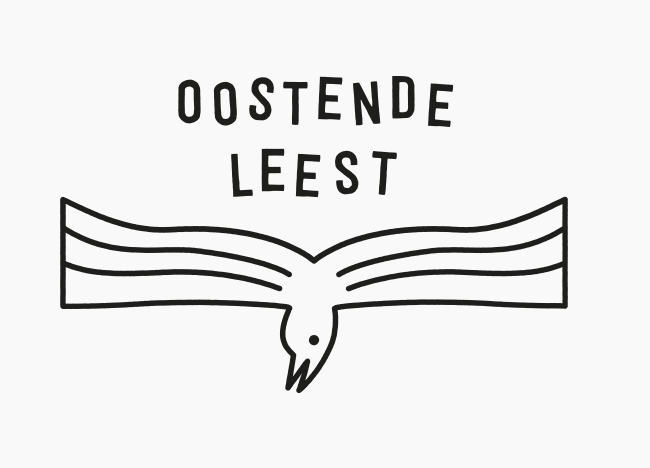
JAMES (2020) by Hans Verhaegen

Bloomsday kicks off on 16 June with the opening of JAMES, an exhibition by Hans Verhaegen in the Ostend Library. Using his own unique font, the artist has created a ‘translation’ of ‘Ulysses’ by James Joyce. All 1.726.112 characters in the book are transformed into a series of eighteen digital prints. Join us at the Library for the opening on Thursday 16 June from 10.30 – 12.30. We’ll be dressing in the style of 1926, the year that James Joyce spent his summer holiday in Ostend – will you?
Bibliotheek Oostende Wellingtonstraat 17 8400 Oostende
Click here for library opening hours

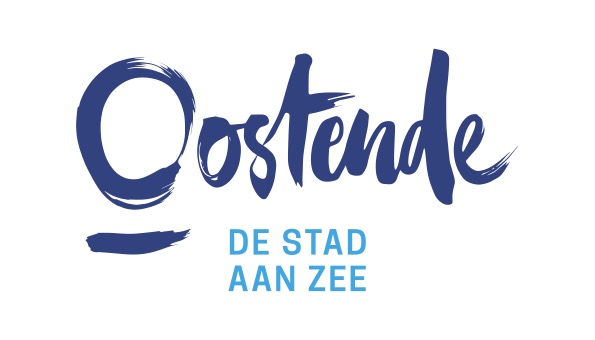
SAVE THE DATE!
BLOOMSDAY IN OSTEND, 16 JUNE 2022
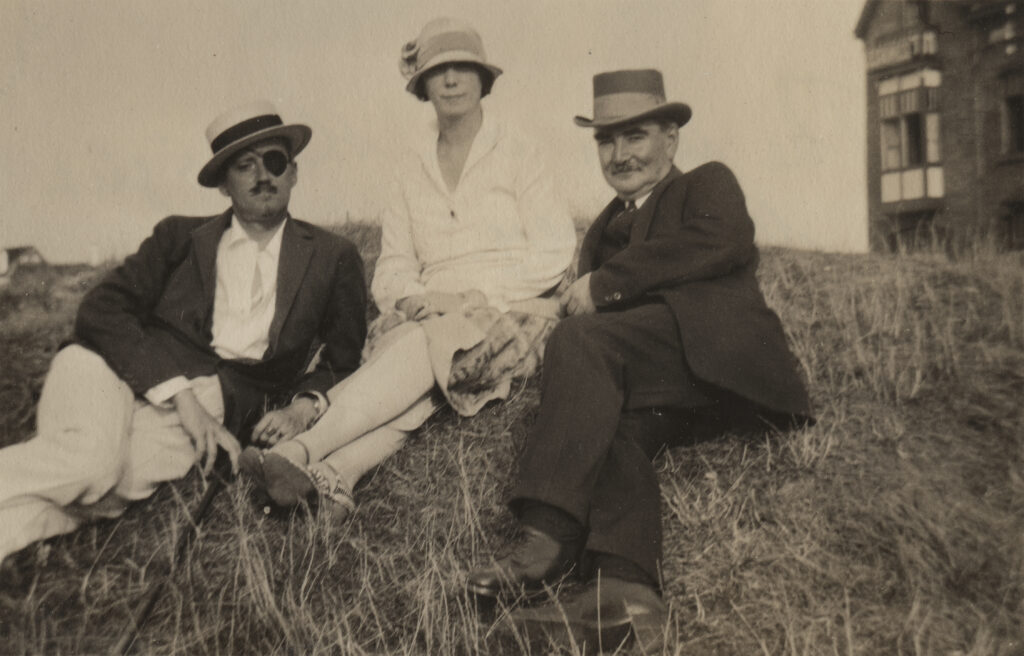
It’s not long to go until we celebrate Bloomsday in Ostend on 16 June 2022! We’re also launching Ostende! a special gazette featuring original texts on James Joyce and other cultural figures associated with the city. With contributions by Dirk Beirens, Philippe Braem, Koen Broucke, Paul Claes, Adriaan Gonnissen, Geert Leernout, Nicola Nord, Koen Peeters, Jean-Yves Plamont, Helen Simpson, Els Snick, Hendrik Tratsaert, Xavier Tricot, Jef Van Eynde, Lieven Van Den Abeele and Hans Verhaegen. Designed by Lodewijk Joye.
Expect an art exhibition based on the book by Hans Verhaegen in the municipal library, readings from Ulysses in different languages and dialects, a picnic on the beach (bring your own) and much more… Full details to follow soon!


BLOOMSDAY IN OSTEND 2022

Published in James Joyce in Ostend by Xavier Tricot (Pandora, Antwerp, 2018)
Celebrate Leopold Bloom and the centenary of Ulysses in Ostend
16 June 2022
Readings, events, and performances – details to follow
Plus the launch of Ostende! a special Bloomsday publication dedicated to James Joyce and other eminent figures connected to the city.
Few realise it, but Ostend has its own unique connection to James Joyce. Four years after the publication of Ulysses, the author spent a happy holiday in the city with his wife, Nora, and their two children. It was the summer of 1926. Joyce wrote letters and postcards to his friends while here, many of which survive, as does an evocative set of photographs. This material forms the basis for Xavier Tricot’s detailed account of James Joyce in Ostend.
Ulysses is undoubtedly one of the most famous books about Dublin. Written over seven years in three different cities, and totalling 265,000 words, Joyce’s epic novel depicts the events of a single day in the city. The protagonist is one Leopold Bloom. Dublin has been celebrating Bloomsday on the anniversary of the date that features in the book – 16 June 1904 – since 1954. From small beginnings, it is now a city-wide festival that attracts an international audience. But the festivities aren’t limited to Ireland: Bloomsday is now celebrated by Joyce lovers around the world. This year, the party will be extra special as Ulysses turns 100.
Celebrating 100 years of a literary masterpiece
On 2 February 1922, Paris bookseller Sylvia Beach – founder of the legendary Shakespeare & Company – published the first edition of James Joyce’s Ulysses. It was a brave decision. The editors of The Little Review, an American literary journal that published excerpts of the book, had been tried for obscenity the previous year (effectively banning the book in the US). But Beach was undeterred, writing to her friend Marion Peters:
Dear Marion,
… My shop is a great success and self-supporting and all that sort of thing and just think I am publishing a book now. Ulysses by James Joyce, the greatest book and author of the age. . ..! You probably saw in the papers the uproar caused by the trial of the Editors of the Little Review for printing some of Ulysses in it, and how they were fined $100, and their thumb prints taken. Nine stenographers gave up the typing of the last episode here in Paris and a gentleman from the British Embassy burned a dozen pages . . . he threw ’em into the fire in a rage. Ulysses is a masterpiece and one day it will be ranked among the classics in English literature. Joyce is in Paris, and I told him I would publish his book, after the publisher in New York threw up the job in a fright.
